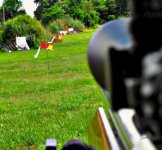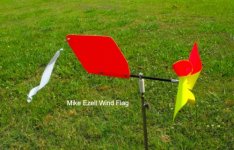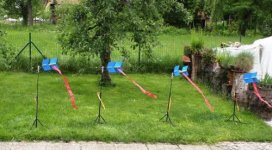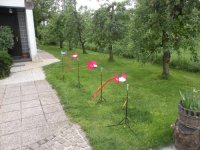SWASHBUCKLER1
New member
Sorry guys I know this subject has been asked and visited many times, but I thought I'd ask it again since there has been some new designs and some drop out of the Wind Flag Market since I was looking for a set or two.?
What is your favorite flags for short range bench rest, and why.
I'm in the market and may even buy several sets, so I'd like to hear the ins and outs on the best flags out there before we buy.
Thanks in advance
What is your favorite flags for short range bench rest, and why.
I'm in the market and may even buy several sets, so I'd like to hear the ins and outs on the best flags out there before we buy.
Thanks in advance






